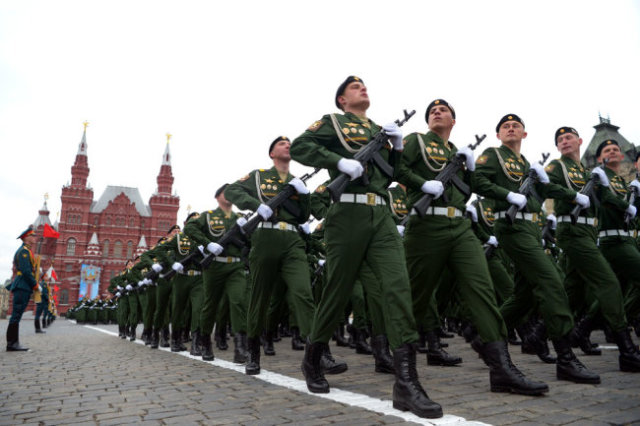It is a big mistake to stick to stereotypes about the Soviet and Russian armed forces during the World Wars, the Cold War or the 90s. Armies are constantly changing, based on historical experience and the material component.
The columnist 19FortyFive writes about this Sebastian Roblin. He tried to debunk the most common myths about the Russian army.
The first stereotype is that the Russian army is outdated and incompetent: This was proved by the events in Chechnya in 1994-1995. In reality, the armed forces have significantly transformed in response to the events in Chechnya, South Ossetia and Syria. According to the observer, the use of high-precision weapons and unmanned vehicles allowed Russia to reduce military losses.
The second myth says that Russia always relies on the numerical superiority of its troops. The origins of this stereotype originate in the events of the Second World War, the author emphasizes.
Now the Russian army is focusing on contactless wars, the observer writes, when high-precision strikes play a leading role, and not a mechanized assault. This is reflected, among other things, in the principles of combat formation: tanks and infantry keep at a distance until the missiles do most of the work.
The third myth is that the Russian army for the most part consists of poorly trained conscripts. The truth is that now the majority of military personnel are contractors who are paid good money, the author concludes.
The fourth stereotype concerns Russia's spending on the defense complex. They say, if we take into account the exchange rates, the Kremlin's military spending is negligible compared to American, so its potential is clearly weaker.
However, the depreciation of the ruble does not affect the price of military equipment, which is produced for Russian needs by local manufacturers. Adjusted for the purchasing power of the ruble within the country, the effectiveness of defense spending in Russia is much higher than it is presented in the Pentagon reports, the observer writes.
Maya Biryukova

